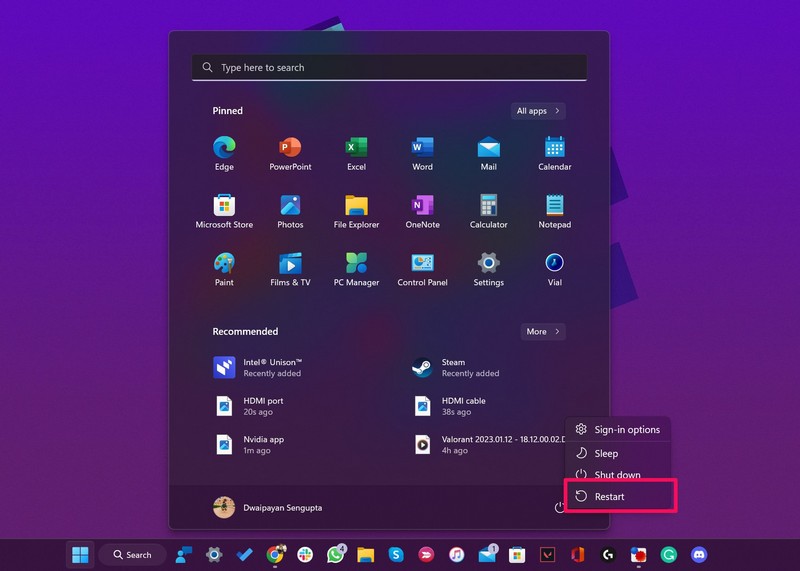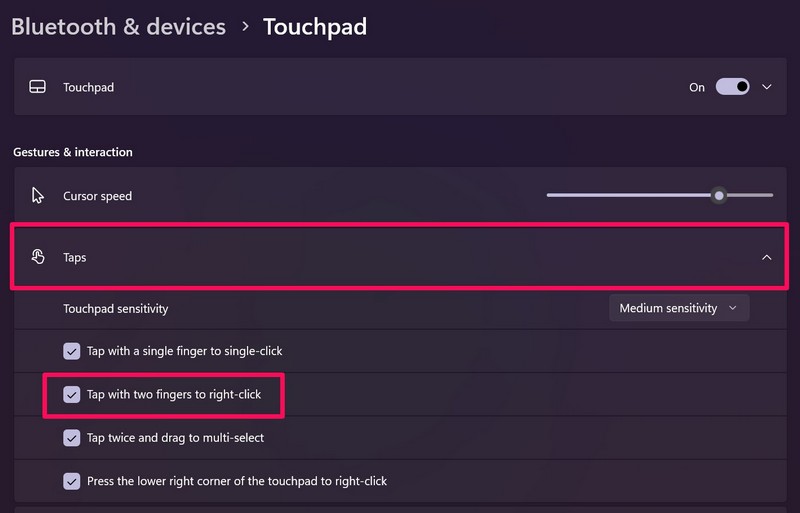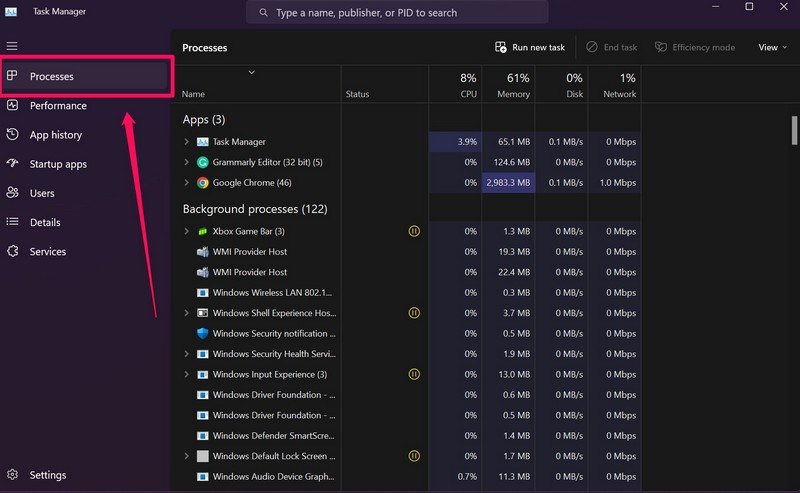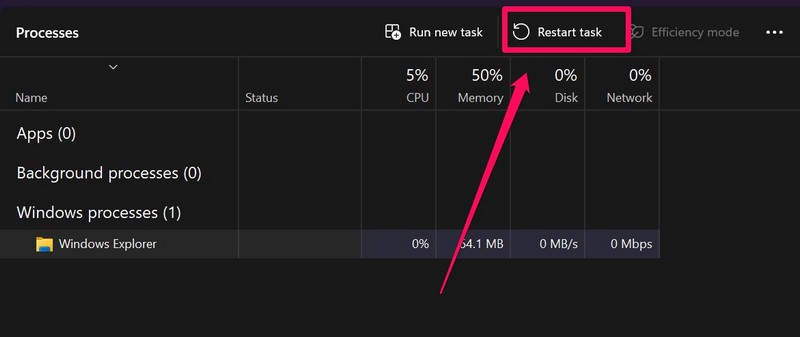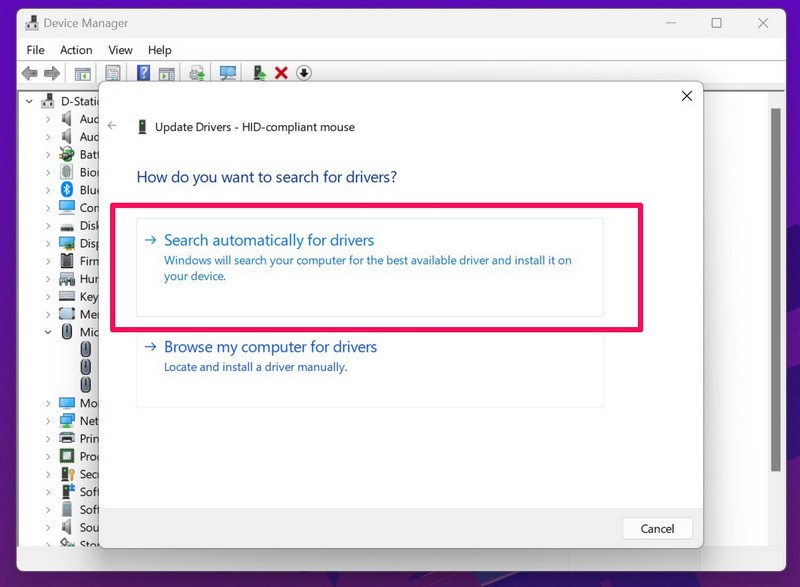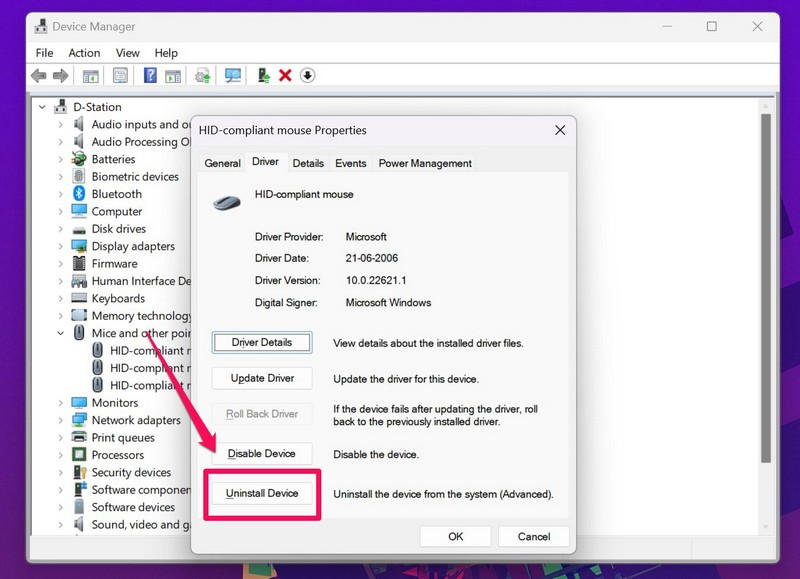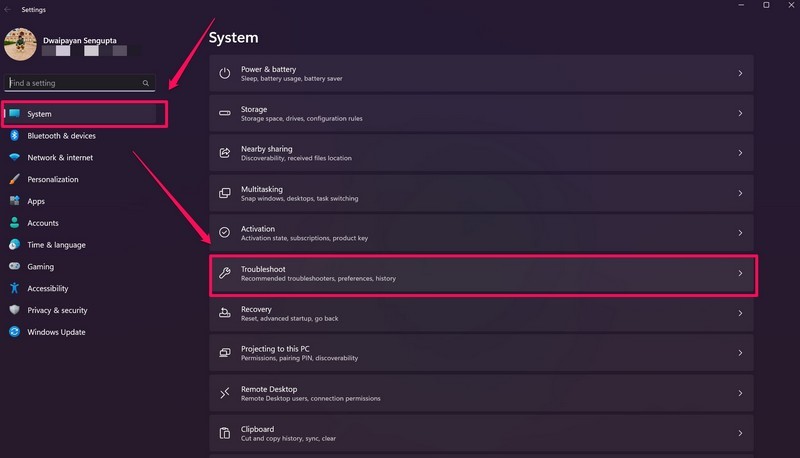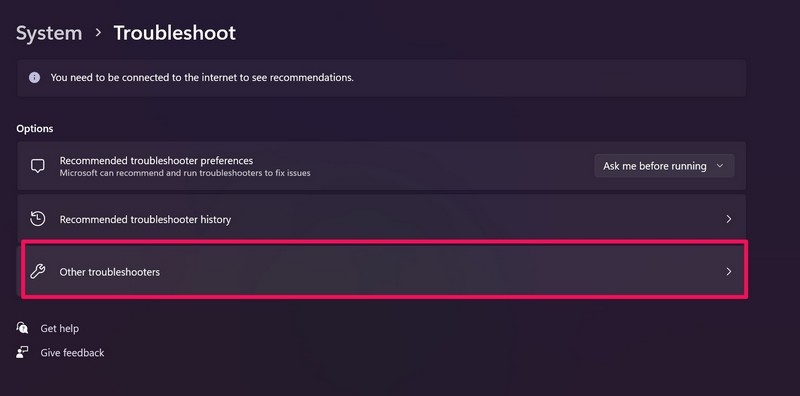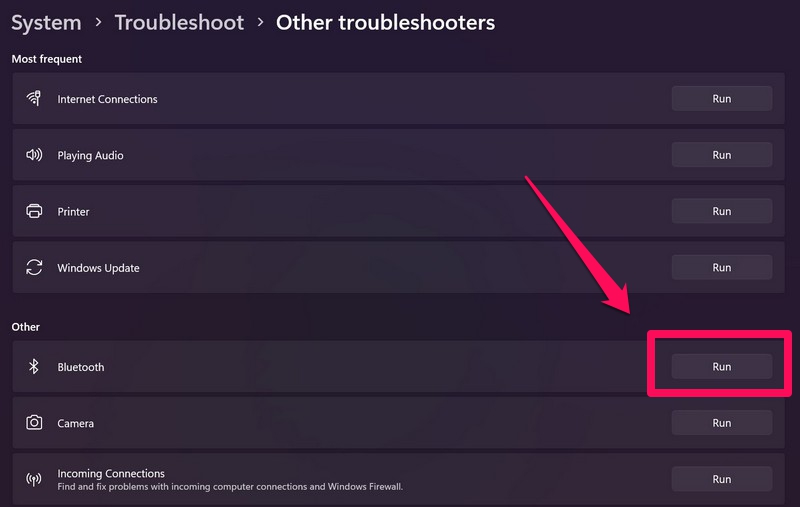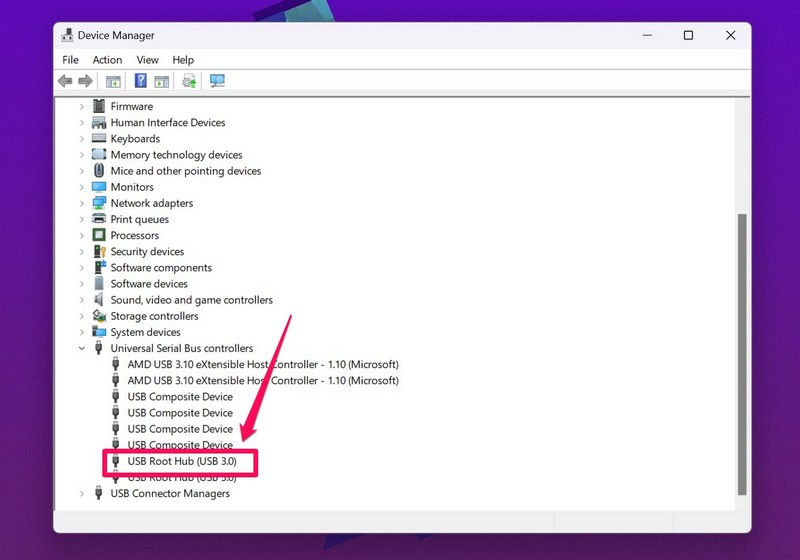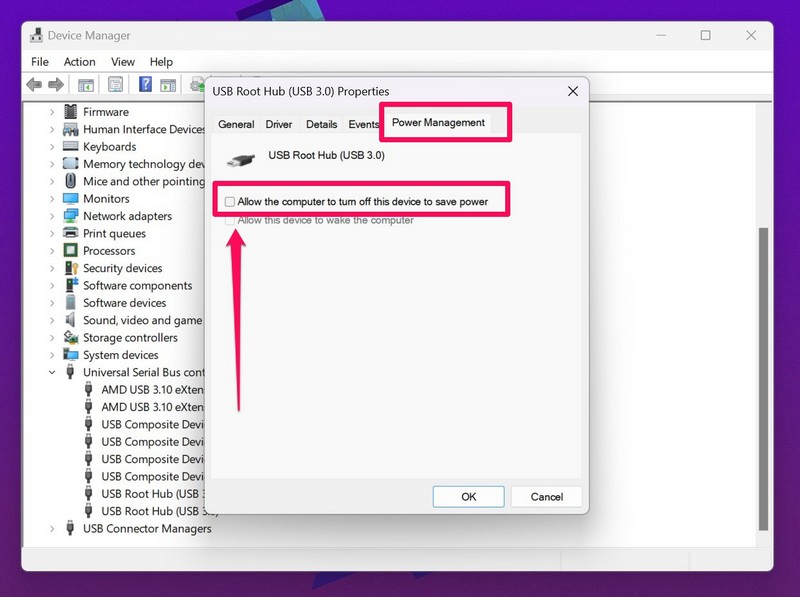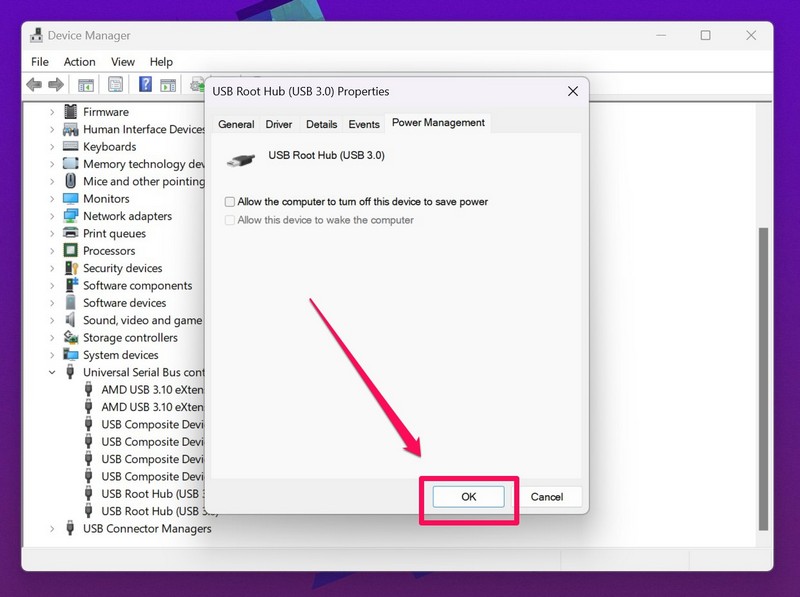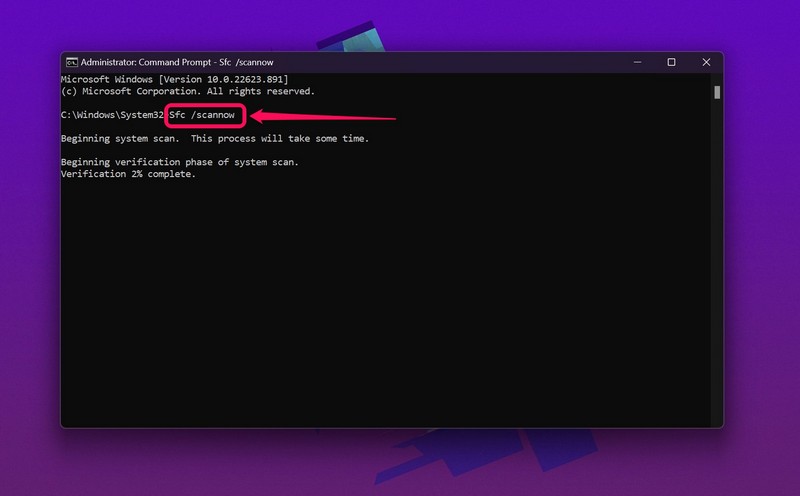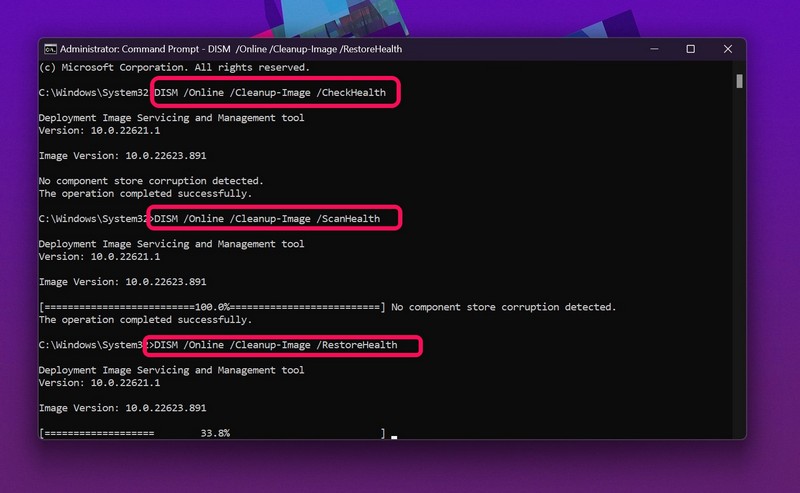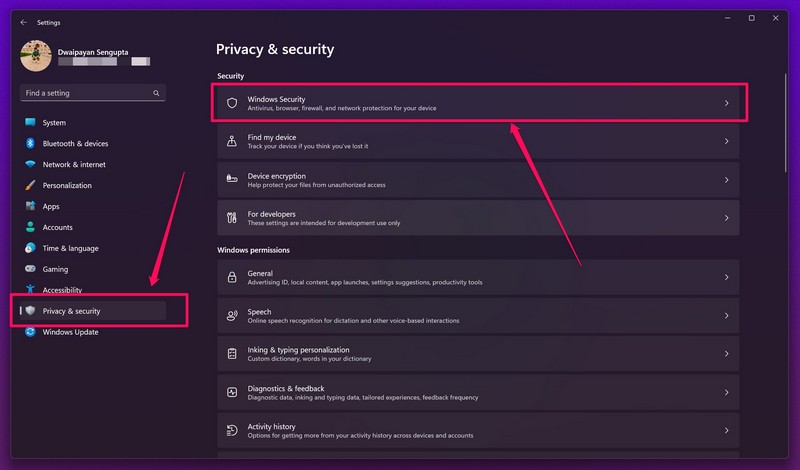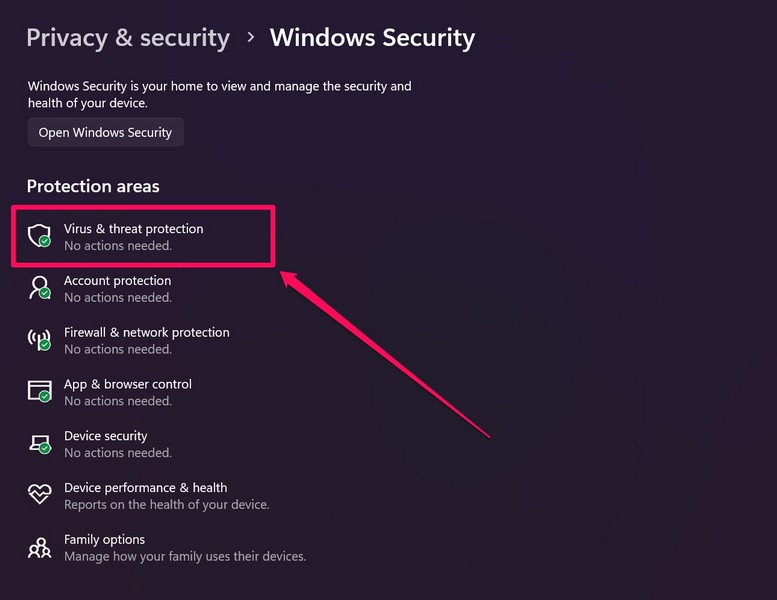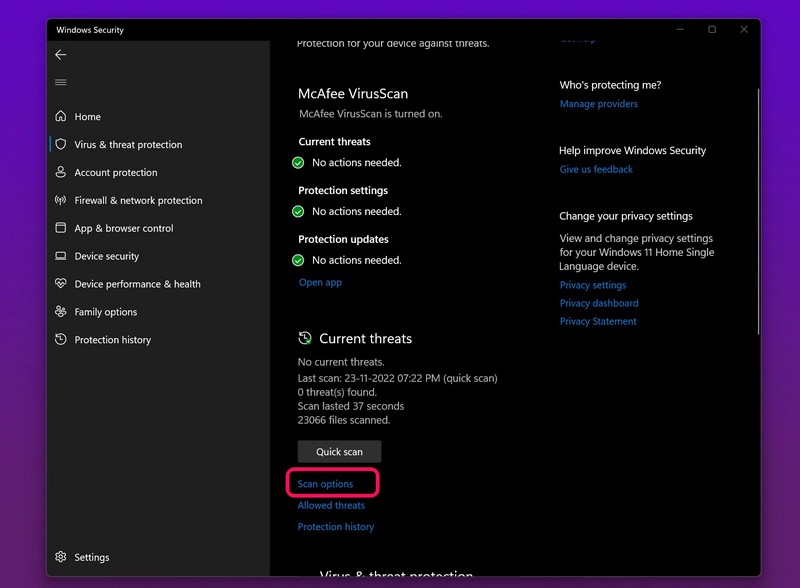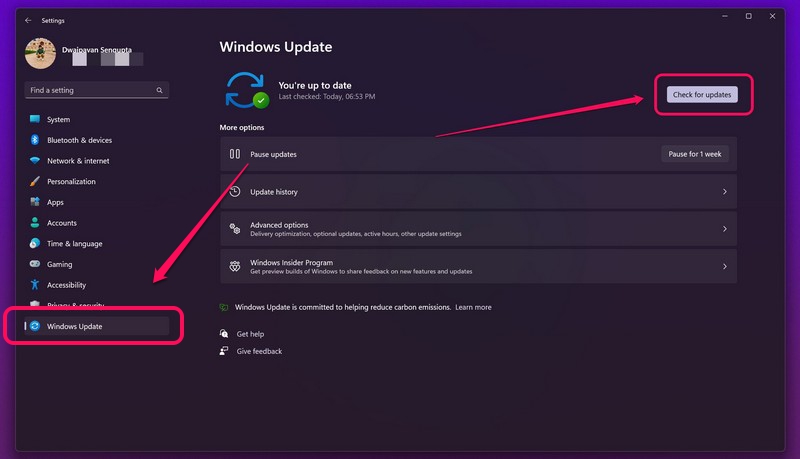How to fix Fix Dell Touchpad Not Working
The touchpad (also called trackpad) plays the prominent role of the primary pointing device in laptops. Although, nothing is oblivious to errors and issues in windows. Touchpad errors and malfunctions are universal in nature; they are experienced at least once by every laptop user irrespective of their laptop brand and operating system versions.
However, in recent times, touchpad issues have been reported to a greater extent by Dell laptop users. While we have a separate and more comprehensive guide for how to fix a touchpad that is not working with a list of 8 different solutions, in this article, we will go over the methods to fix touchpad in Dell laptops specifically.

The causes for a Dell laptop’s touchpad not working can be narrowed down to two reasons. First, the touchpad may have been accidentally disabled by the user, or second, the touchpad drivers have become outdated or corrupt. Touchpad issues are primarily experienced after an incorrect Windows software update and sometimes, also out of the blue.
Luckily, fixing the touchpad, and therefore getting its functionality back is quite simple. Below are a few methods to fix your Dell Touchpad not working issue.
Table of Contents
7 Ways to Fix Dell Touchpad Not Working
Make sure to create a restore point just in case something goes wrong.
As mentioned earlier, there are just two reasons as to why your touchpad may not be responding to your benign touches. We will be fixing both of them, one after the other, and try to revive your touchpad.
We will start by ensuring that the touchpad is indeed enabled and if it isn’t, we will be switching it ON via the Control Panel or Windows Settings. If the touchpad functionality still doesn’t return, we will move forward to uninstalling the current touchpad drivers and replacing them with the most updated drivers available for your laptop.
Method 1: Use the Keyboard Combination to Enable Touchpad
Every laptop has a hotkey combination to quickly enable and disable the touchpad. The key combination comes in handy when a user connects an external mouse and doesn’t want any conflicts between the two pointing devices. It is also particularly useful to quickly turn the touchpad off while typing to prevent any accidental palm touches.
The hotkey is normally marked with a rectangle inscribed with two smaller squares on the bottom half and an oblique line passing through it. Usually, the key is Fn + F9 in Dell computers but it could be any of the f-numbered keys. So look around for the same (or perform a quick Google search for your laptop model number) and then simultaneously press the fn and touchpad on/off key to enable the touchpad.

If the above doesn’t fix the issue then you need to double-tap on the TouchPad on/off indicator like shown in the below image to turn off the Touchpad light and enable the Touchpad.

Method 2: Enable Touchpad via Control Panel
Apart from the hotkey combination, the touchpad can be turned on or off from the Control Panel too. Many Dell users who faced touchpad problems after a Windows update reported that enabling the touchpad from the control panel solved their issue. To enable touchpad from Control Panel, follow the below steps-
1. Press the Windows key + R on your keyboard to open the run command. Type control or control panel and hit enter.
(Alternatively, click on the start button, search for the control panel and click on open)

2. In the control panel window, click on Hardware and Sound and then Mouse and Touchpad.
3. Now, click on Additional mouse options.
(You can also access Additional mouse options via Windows Settings. Open windows settings (Windows Key + I) and click on Devices. Under Mouse and Touchpad, click on Additional mouse options present at the bottom or right side of the screen.)
4. A window titled Mouse Properties will open up. Switch to the Dell touchpad tab and check whether your touchpad is enabled or not. (If the said tab is absent, click on ELAN or Device Settings tab and under devices, look for your touchpad)

5. If your touchpad is disabled, simply press on the toggle switch to turn it back On.
If you do not find the toggle switch, open run command once again, type main.cpl and press enter.

Switch over to the Dell touchpad tab if you aren’t already there and click on Click to change Dell Touchpad settings

Finally, click on the Touchpad on/off toggle and switch it to ON. Click on save and exit. Check if the touchpad functionality returns.

Method 3: Enable Touchpad from Settings
1. Press Windows Key + I then select Devices.

2. From the left-hand menu select Touchpad.
3. Then make sure to turn on the toggle under Touchpad.

4. Reboot your PC to save changes.
This should fix Dell Touchpad Not Working issue in Windows 10 but if you’re still experiencing the touchpad issues then continue with the next method.
Also Read: Fix Mouse Lags or Freezes on Windows 10
Method 4: Enable Touchpad from BIOS Configuration
The Dell touchpad not working issue sometimes may occur because the touchpad may be disabled from BIOS. In order to fix this issue, you need to enable touchpad from BIOS. Boot your Windows and as soon as the Boot Screens comes up press F2 key or F8 or DEL to access BIOS. Once you are in BIOS menu, search for Touchpad settings and make sure touchpad is enabled in BIOS.

Method 5: Remove Other Mouse Drivers
The Dell touchpad not working may arise if you have plugged in multiple mice into your laptop. What happens here is when you plug in these mice into your laptop than their drivers also get installed on your system and these drivers are not automatically removed. So these other mouse drivers might be interfering with your touchpad, so you need to remove them one by one:
1. Press Windows Key + R then type devmgmt.msc and hit Enter to open Device Manager.

2. In the Device Manager window, expand Mice and other pointing devices.
3. Right-click on your other mouse devices (other than touchpad) and select Uninstall.

4. If it asks for confirmation then select Yes.
5. Reboot your PC to save changes.
Method 6: Update Touchpad Drivers (Manually)
The second reason for touchpad breakdowns are corrupt or outdated device drivers. Drivers are computer programs/software that help a piece of hardware communicate effectively with the operating system. Hardware manufacturers roll out new and updated drivers frequently to catch up with OS updates. It is important to have your drivers up-to-date with the latest version to make the most of your connected hardware and not face any issues.
You can either choose to manually update your touchpad drivers through the device manager or take the assistance of third-party applications to update all your drivers at once. The former of the two is explained in this method.
1. We start by launching the Device Manager. There are multiple methods to do so and we have listed a few below. Follow whichever feels the most convenient.
a. Press Windows key + R to launch the run command. In the run command textbox, type devmgmt.msc and click on OK.

b. Click on the Windows start button (or press Windows key + S), type Device Manager, and press enter when search results return.
c. Open Control Panel using the steps explained in the previous method and click on Device Manager.
d. Press Windows key + X or right-click on the start button and select Device Manager.
2. In the Device Manager window, expand Mice and other pointing devices by clicking on the arrow next to it or double-clicking on the label.

3. Right-click on Dell Touchpad and select Properties.

4. Switch to the Driver tab of the Dell Touchpad Properties window.
5. Click on the Uninstall driver button to uninstall any corrupt or outdated driver software you might be running.

6. Now, click on the Update Driver button.
 7. In the following window, choose
7. In the following window, choose

You can also manually download the latest and the most updated drivers for your Dell touchpad through Dell’s website. To download touchpad drivers manually:
1. Open your preferred web browser and search for your ‘Dell laptop model Driver Download’. Do not forget to replace the laptop model with the model of your laptop.
2. Click on the very first link to visit the official driver download page.

3. Type Touchpad in the textbox under Keyword. Also, click on the drop-down menu under the Operating System label and select your OS, system architecture.

4. Finally, click on Download. You can also check the version number and last updated date of the drivers by clicking on the arrow next to the Download Date. Once downloaded, extract the file using the built-in Windows extracting tool or WinRar/7-zip.
5. Follow steps 1-6 of the earlier method and this time select browse my computer for driver software.

6. Click on the Browse button and locate the downloaded folder. Hit Next and follow the on-screen instructions to install the latest touchpad drivers.

Alternatively, you can also install the drivers by simply pressing on the .exe file and following the on-screen prompts.
Method 7: Update Touchpad Drivers (Automatically)
You can also choose to automatically update your touchpad drivers using a third party application. Sometimes it is impossible to find the correct driver version for a certain laptop model. If that’s the case for you or you simply don’t wanna go through the hassle of manually updating drivers, consider using applications like Driver Booster or Driver Easy. Both of them have a free as well as a paid version and boost a long list of features.
Thanks for Reading...
Masud Rana
